After successfully implementing the Veson IMOS Platform, Mitsui O.S.K. Lines (MOL) is proactively employing technology as a catalyst to promote digital transformation (DX).
Veson Nautical Japan representative Mr. Tokio Mitsuda recently interviewed Mr. Toyama Naoto, General Manager of Business Process Architect & Design, DX Technical Pool at MOL Information Systems and designated coordinator for the project to reform the core system, and Mr. Toyomasu Kazushi, Team Leader, Innovation Design Team, DX Co-Creation Unit at MOL, about their motivation and goals for choosing IMOS:
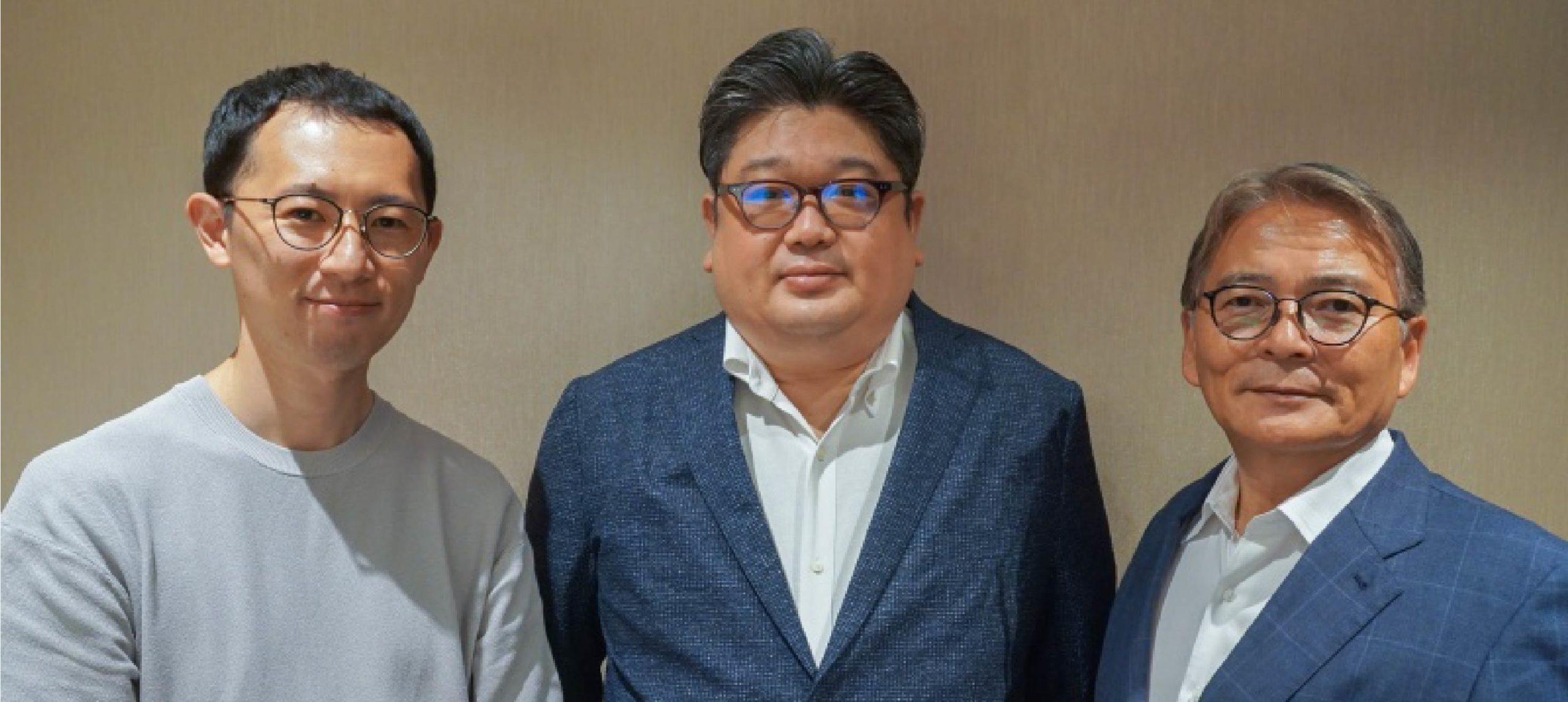
Part 1: The IMOS Platform as the catalyst for digital transformation
Mitsuda: Please give us an overview of the project to replace MOL’s previous core system.
Toyomasu: We began the project to migrate over to the next generation core system in 2019. Initially, MOL headquarters was the only subject of migration. Since the dry bulk business was transferred to MOL Drybulk Ltd (Formerly MOL Kinkai, Ltd), the project became large-scale to implement the new system to both companies.
The new core system consists of a combination of two SaaS (Software as a Service) package systems. IMOS and S/4HANA Cloud, provided by SAP, were selected for the voyage management system and accounting system, respectively. Both are the latest cloud systems.
Mitsuda: MOL has proactively been promoting digital transformation (DX) to support three strategic initiatives, including “Environmental Strategy”, “Portfolio Strategy” and “Regional Strategy.” These initiatives appeared in managerial planning to improve organization strength and reform of working practices. In June of this year, MOL was selected as one of the “Digital Transformation Noteworthy DX Company for 2022,” a program jointly promoted by Japan’s Ministry of Economy, Trade and Industry (METI) and the Tokyo Stock Exchange (TSE).
Toyomasu: On April 1, our company set up a new organization, the “DX Co-Creation Unit”, to promote digital transformation. The goal is to create new value by combining our knowledge of data analysis and ICT (Information and Communications Technology) to our expertise in shipping.
Promotion of digital transformation is based on a three-step approach: “WHY TO MAKE”, “WHAT TO MAKE”, and “HOW TO MAKE”. The company plans to release its “DX Vision”, outlining how the company will be reformed through DX, in autumn.
Mitsuda: MOL has thus far used an inhouse core system. Why has the company decided to adopt IMOS, an off-the-shelf product, this time?
Toyomasu: We decided to implement an industry-standard system. Each of our commercial departments have expertise cultivated over the years. Until now, the company has developed its own voyage management system, though we might not have bird’s-eye view of the whole company on whether this was truly optimal or not.
By adopting a system that is used by many other companies in the maritime industry and whose functions are updated as needed, we can absorb the know-how of other companies. We may be able to build an even more efficient system by adding our own know-how to it.
Mitsuda: What do you think are the advantages and strengths of IMOS as a voyage management system?
Toyomasu: I think that Veson is great at finding partners. Connecting the systems developed by the partners to IMOS will improve the convenience of IMOS. Veson has excellent discernment in identifying partners who have capability to add value to the platform. The speed of improvement and addition of functions is also fast.
Mitsuda: One of the major benefits of IMOS is the scalability. This aspect is highly valued by Owners/Operators and Tonnage Charterers, and IMOS is used by over 300 companies around the world. The speed at which IMOS functions continues to be improved upon and already far exceeds that of other competitors. This speed is supported by strategic decisions by senior management as well as our talented engineering team.
Toyama: MOL used an inhouse system thus far because it was believed to have a competitive advantage in the market. Using the same voyage management system as competitors raises the question of what our competitive advantage is. “Quality of shipping service”, “Safety”, and “Environment” are key in differentiating from other competitors. If a system can be established through IMOS to select safe and environmentally friendly maritime transportation services, IMOS will be more convenient for Tonnage Charterers. It also provides operators with an incentive to refine their competitive advantage.
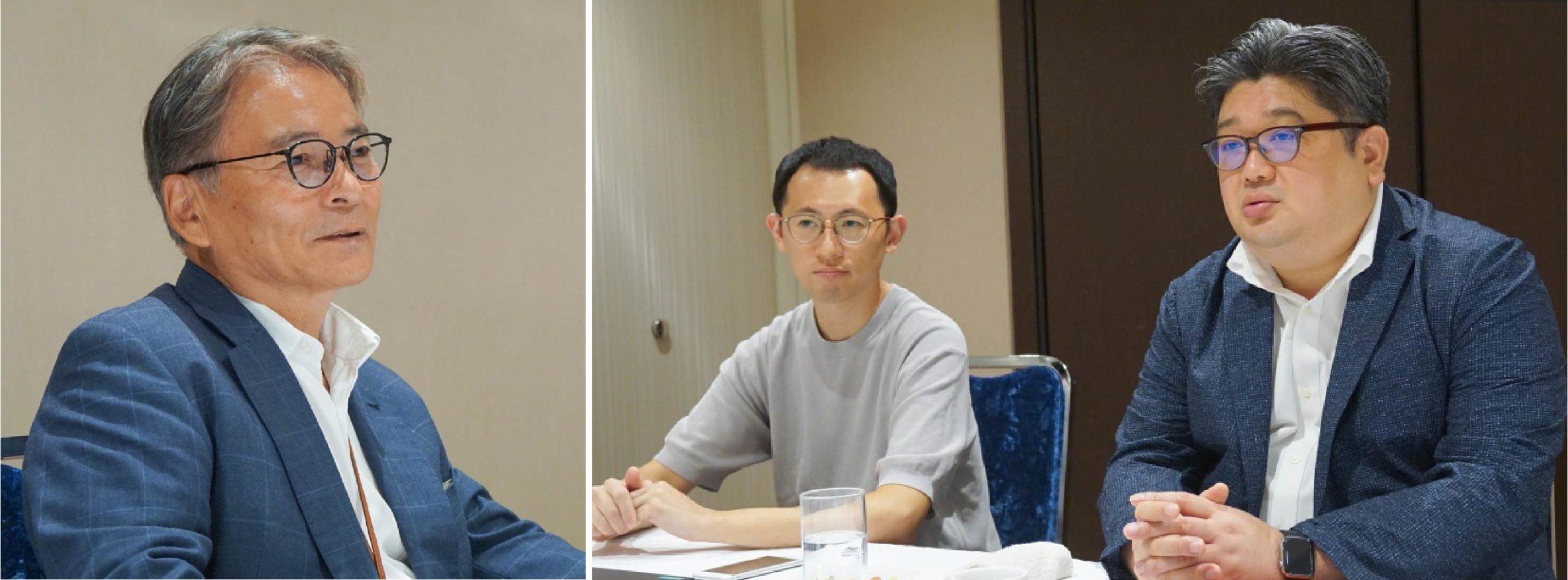
Part 2: Developing IMOS with our customers
Mitsuda: What were the challenges you faced in implementing the IMOS Platform?
Toyama: There were mainly three challenges. The first was to integrate IMOS with our accounting system S/4HANA Cloud provided by SAP, a major German software company, which is becoming a de facto standard accounting system. Although IMOS is widely implemented in the maritime industry, it is still a niche system within the broader context of digital solutions. Based on the business requirements on the IMOS side and the accounting requirements on the accounting system side, interface design becomes important and there were challenges in testing the data integration bidirectionally.
The second was to get used to the new IMOS system. The systems used thus far were developed according to the needs raised from the chartering and operations sections of the commercial department. With the switch, the users needed to adapt to an off-the-shelf system, so the concept was quite different from before. There was some confusion immediately after the switchover in systems as our employees learned how to use the system while performing their daily tasks.
The third was to migrate data into IMOS. We have information such as fuel data that had required manual entry. When we investigated the problems that occurred after IMOS was implemented, we found that several were caused by input error. Since we had just switched over the system, it was difficult to determine whether the cause of the problem was a system or human error.
Toyomasu: When we look at IMOS alone, the fundamental system functions worked well without problems. The switchover was smoother than expected.
There should be a way to use IMOS by itself without integrating to an accounting system. For example, it can be utilized by shipowners to manage time charter contracts for their owned vessels. It is a stable system on its own, so implementing it is expected to be effective regardless of the scale of the company.
Mitsuda: Personnel mobility in overseas shipping companies is very high. IMOS was developed to ensure that even if there’s a personnel change, a certain standard of voyage management quality can be maintained. IMOS was originally developed for companies that have difficulty developing their own systems. Due to this, there are many small and medium-sized corporate users. What have been the effects of implementing IMOS for MOL?
Toyama: Thus far, we are using the IMOS voyage management system to support financial closing. The goal is to input and analyze various types of data in real time to create added value and improve operational efficiency, though it will take time for that to happen. We are examining strategies to master the use of the system to maximize the potential of the effect of the implementation.
Mitsuda: What do you expect for IMOS?
Toyomasu: As the name suggests, we expect the IMOS Platform to continue expanding the scope to support maritime business processes and value chain as a “platform”. IMOS has strength in dry bulk and tanker spaces, though we also expect Veson to develop the features designed for pure car carrier business, as well as other important business spaces, technical management, and onboarding processes.
There is room for IMOS to integrate into the onboarding space. Our company shares vessel data between shore and offshore and making the most of this data would develop the system for safe operation and optimized operation, uniquely. If IMOS could have these functions, it could be an all-round voyage management system that would cover all kinds of information.
Mitsuda: IMOS is a standard platform aimed at global customers, though it might not be optimally user-friendly for Japanese users. As the presence of the Japanese market grows with the increase in Japanese users, the possibility of developing features that meet the needs of Japanese users will increase. We aim to develop IMOS with our clients.
Toyama: Are there plans to add new functions into IMOS?
Mitsuda: We plan to strengthen functions related to sustainability. With the inception of the Sea Cargo Charter, an international framework for measuring and assessing GHG (greenhouse gas) emissions from marine transportation led by the world’s leading shippers and charterers, interest in GHG emissions from the supply chain is growing daily. In Europe, international shipping may be incorporated into the European Union Emissions Trading System (EU-ETS). We are deliberating how we can support shipping companies in dealing with new environmental regulations.
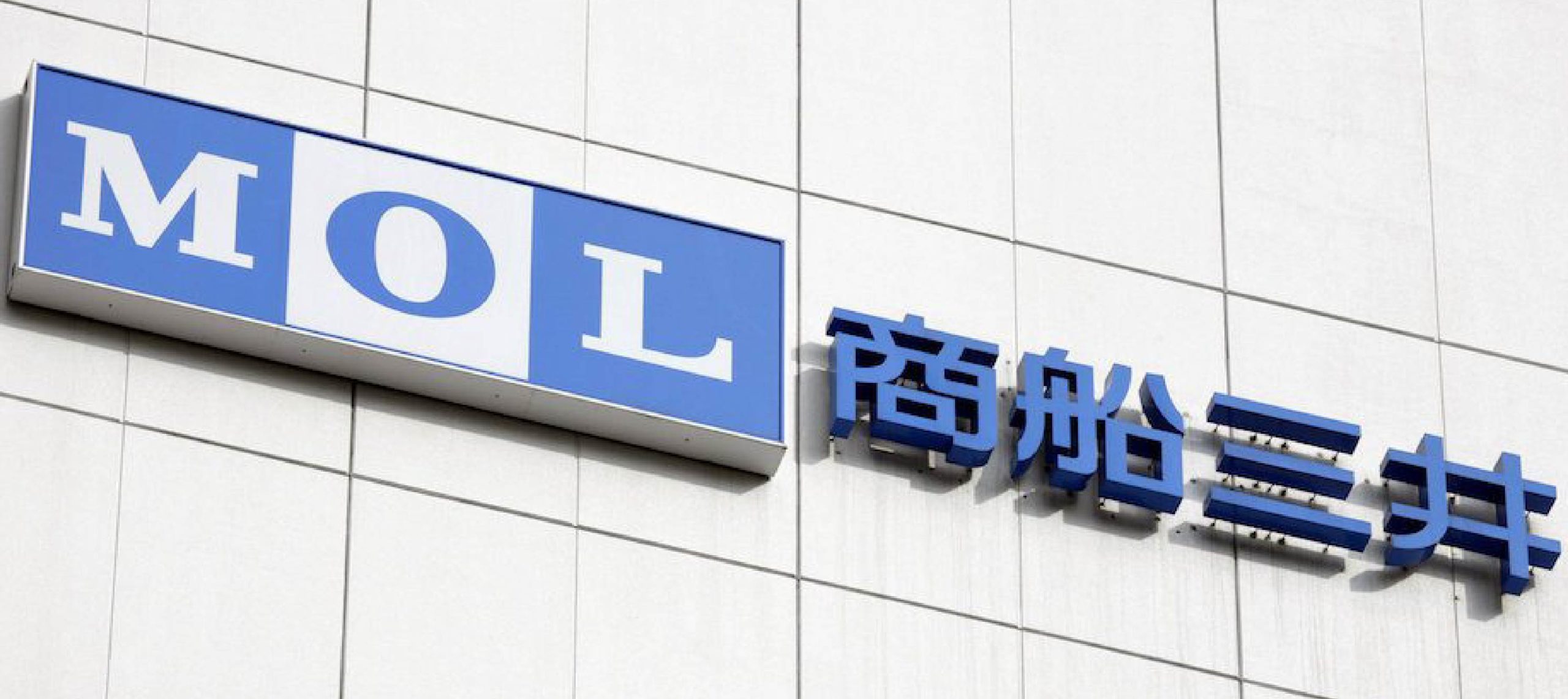

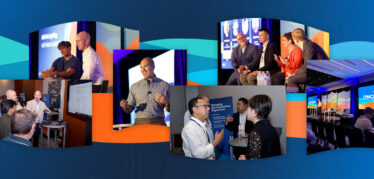
 Jesse Dilanni
Jesse Dilanni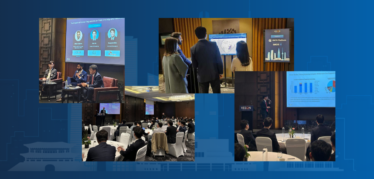
 Hongbeom Park
Hongbeom Park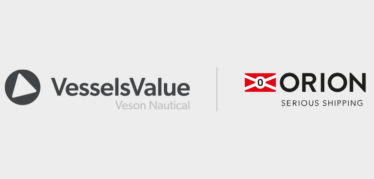
 Sam Chambers
Sam Chambers